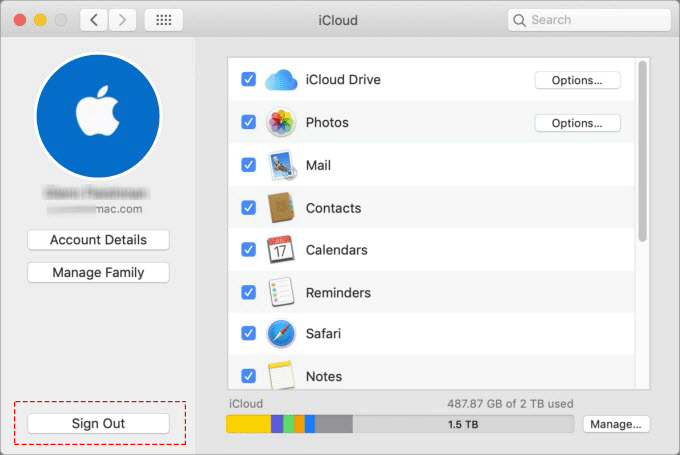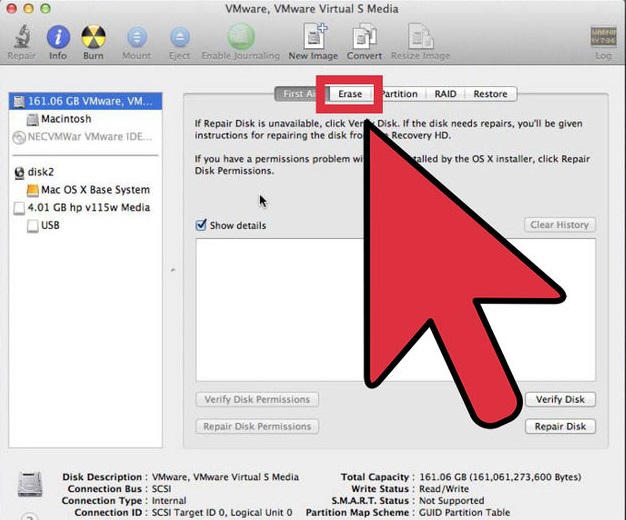
#Reimage macbook without disk how to
Choosing computer edition (in this case, Windows 10)įor details from the software provider, see How to refresh, reset, or restore your PC.You will then see a menu to set up Windows 10 and will be prompted to select your basic settings: After the file removal has completed, select Continue. Under Reset this PC, select Get started.įile removal can take from 30 minutes to a few hours. There are multiple choices in the Recovery tab. Select Recovery from the menu of options. This overview is for computers with Microsoft Windows 10.Ĭlick the Start button, and then click Settings. At least one storage medium, such as an external hard drive, is the minimum backup needed, but having copies of data in multiple locations (like a file server and/or a cloud storage account) provides additional security in case one backup source fails.īefore you begin reimaging, plug the machine into an outlet or active power strip so that it doesn’t die during the reimage process. What to do before you reimage your computerīefore you reimage your computer, back up all data that you want to keep.

If you reformat your computer, you will have to obtain the OS software from a different location and redownload it. Reimaging is different from reformatting: reimaging retains the original operating system software, while reformatting removes even those files.
#Reimage macbook without disk update
Applying one set disk image to employee computers to either update them regularly or delete a terminated employee’s dataīusinesses will often reimage an employee’s computer to eliminate former users’ sensitive data on the hard drive before reassigning the machine.Applying one set disk image to student computers in educational facilities.Wanting to return the computer to its primary operating system.Reasons for reimaging a computer include: If the current operating system gets bogged down with old files and programs and runs more slowly than normal, reimaging can improve computing efficiency. How to reimage a computer with a Linux-based operating system.


If a computer’s hard drive isn’t completely overwritten during the erasing and reimaging process, there is a small chance that some remnants of data could remain on the drive, but it’s extremely unlikely. Reimaging makes data nearly impossible to retrieve, so if any data needs to be retained, computer users will have to back it up to an external storage device or cloud. Reimaging is the process of performing a factory reset on a computer, deleting all of the data from its hard drive and returning it to the base operating system.


 0 kommentar(er)
0 kommentar(er)
